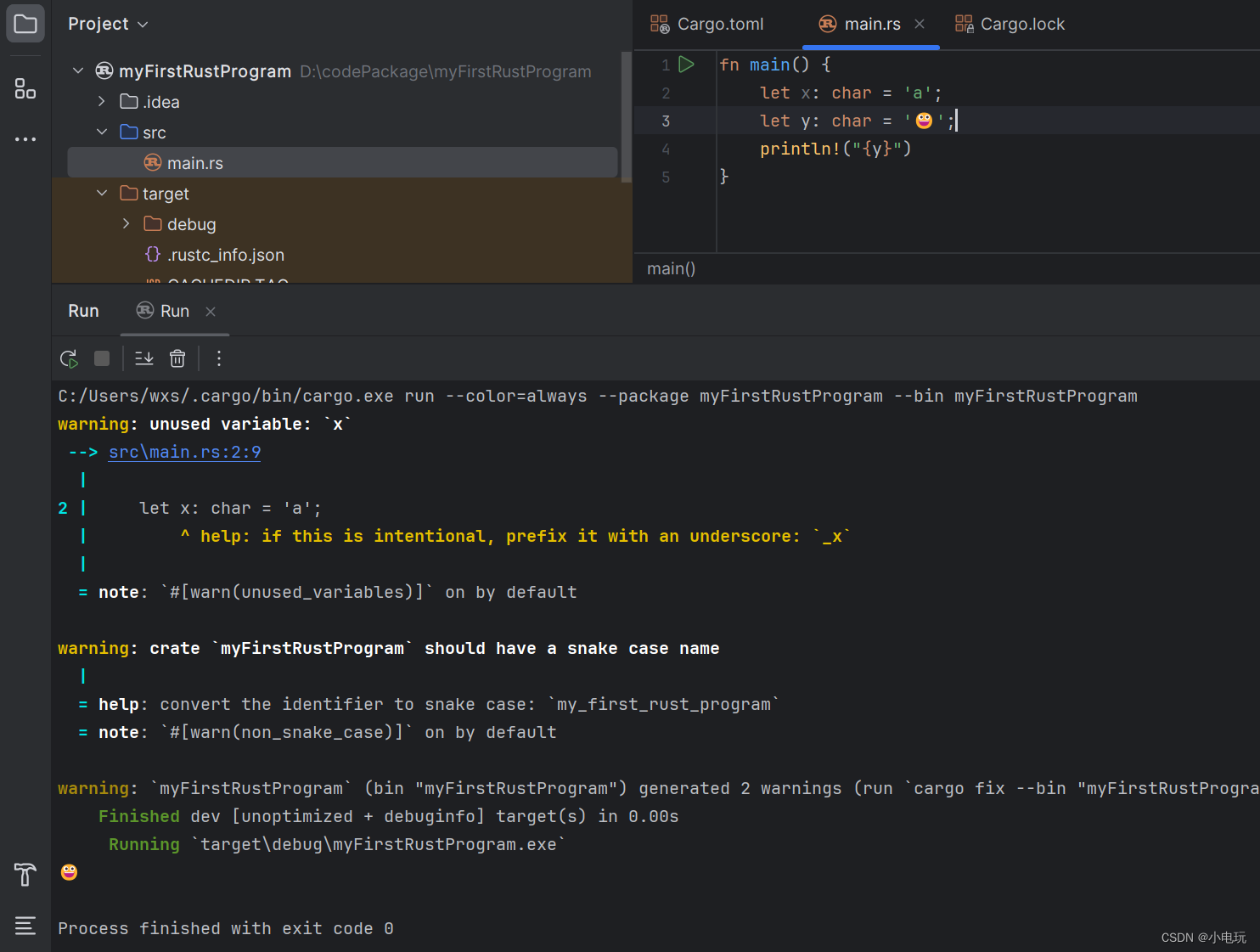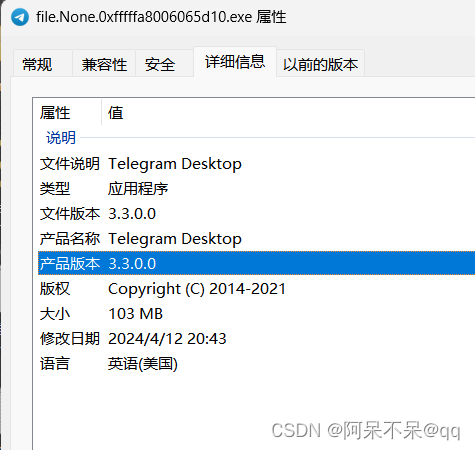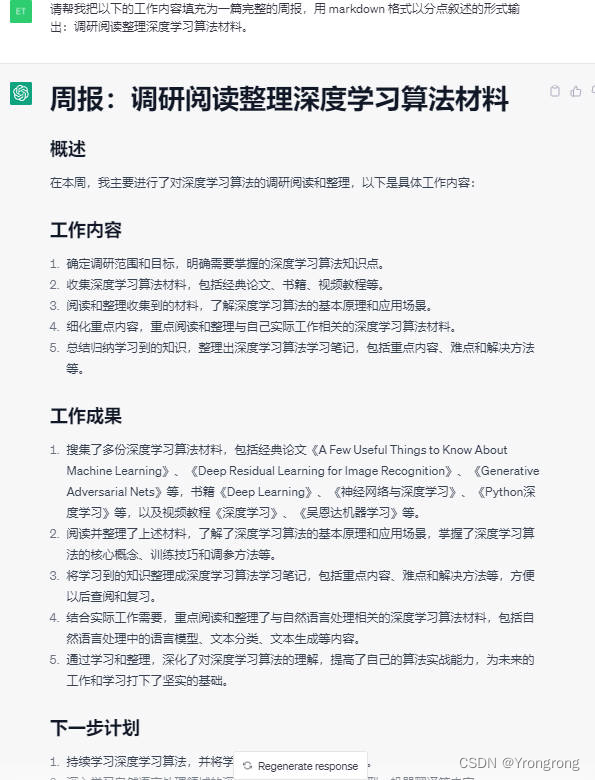前言
GPIO子系统是用来统一便捷地访问实现输入输出中断等效果。
嵌入式驱动学习专栏将详细记录博主学习驱动的详细过程,未来预计四个月将高强度更新本专栏,喜欢的可以关注本博主并订阅本专栏,一起讨论一起学习。现在关注就是老粉啦!
目录
- 前言
- GPIO子系统介绍
- 设备树格式
- API函数
- pinctrl和gpio子系统示例
- 设备树部分
- 平台驱动框架
- probe和remove函数实现
- open,write等函数
- 参考资料
GPIO子系统介绍
之前介绍过pinctrl子系统是用来控制IO的复用功能以及一些电气属性的,那么配置完成之后,如果是GPIO的话就需要发挥功能,这些功能就包括输出、输入、触发中断。
gpio子系统顾名思义就是用于初始化GPIO并提供相应的API函数,用于设置GPIO为输入输出、读取GPIO的值。其目的是方便驱动开发者使用gpio,驱动开发者在设备树中添加gpio相关信息,然后就可以在驱动程序中使用gpio子系统提供的API函数来操作GPIO,Linux内核向驱动开发者屏蔽掉了GPIO的设置过程。
设备树格式
查看原理图,发现LED是低电平触发,连接的GPIO是GPIO_3即GPIO1_IO3。因此在GPIO子系统中,我们需要将GPIO1_IO3设置为低电平触发。

在设备节点下,添加GPIO子系统,根据上面的原理图,我们设置GPIO1组的3口为低电平触发。
gpioled {#address-cells = <1>;#size-cells = <1>;compatible = "atkmini-gpioled";pinctrl-names = "default";pinctrl-0 = <&pinctrl_led>;led-gpio = <&gpio1 3 GPIO_ACTIVE_LOW>; // GPIO子系统status = "okay";
};
其中必须指定&gpio1,其他可以不作要求。
接下来打开imx6ul.dtsi文件,查看gpio1:
gpio1: gpio@0209c000 {compatible = "fsl,imx6ul-gpio", "fsl,imx35-gpio";reg = <0x0209c000 0x4000>;interrupts = <GIC_SPI 66 IRQ_TYPE_LEVEL_HIGH>,<GIC_SPI 67 IRQ_TYPE_LEVEL_HIGH>;gpio-controller;#gpio-cells = <2>;interrupt-controller;#interrupt-cells = <2>;
};
上面代码中,gpio@0209c000表示gpio1的基地址,#gpio-cells 为 2,表示一共有两个 cell。第一个 cell 为 GPIO 编号,比如“&gpio1 3”就表示GPIO1_IO03。第二个 cell 表示 GPIO 极性 , 如果为0(GPIO_ACTIVE_HIGH) 的话表示高电平有效 , 如果为1(GPIO_ACTIVE_LOW)的话表示低电平有效。
API函数
/** @description : 获取GPIO编号* @param-np : 指定设备节点* @param-proname: GPIO属性名,与设备树中对应的属性名对应* @param-index : 引脚索引* @return : 成功的话获取GPIO编号,失败的话返回负数*/
static inline int of_get_named_gpio(struct device_node *np, const char * proname, int index)
/** @description: GPIO申请函数* @param-gpio : 要申请的GPIO编号,该值是函数of_get_named_gpio的返回值* @param-label: 引脚名字,相当于为申请得到的引脚取了别名* @return : 成功的话返回0,失败的话返回负数*/
static inline int gpio_request(unsigned gpio, const char *label)
/** @description: 释放GPIO* @param-gpio : 要释放的GPIO编号*/
static inline void gpio_free(unsigned gpio);
/** @description: GPIO输出设置函数* @param-gpio : 要设置的GPIO编号* @param-value: 输出值,1,表示高电平,0,表示低电平* @return : 成功的话返回0,失败的话返回负数*/
static inline int gpio_direction_output(unsigned gpio , int value)
/** @description: GPIO输入设置函数* @param-gpio : 要设置的GPIO编号* @return : 成功的话返回0,失败的话返回负数*/
static inline int gpio_direction_input(unsigned gpio)
/** @description: 获取GPIO引脚值* @param-gpio : 要设置的GPIO编号* @return : 成功的话返回得到的引脚状态,失败的话返回负数*/
static inline int gpio_direction_input(unsigned gpio)
/** @description: 设置GPIO输出值* @param-gpio : 要设置的GPIO编号* @param-value: 设置的输出值,1为输出高电平,0为输出低电平* @return : 成功的话返回0,失败的话返回负数*/
static inline int gpio_direction_output(unsigned gpio, int value)
pinctrl和gpio子系统示例
设备树部分
在根目录下创建gpioled的子节点,其中compatible命名为"atkmini-gpioled"。
gpioled {#address-cells = <1>;#size-cells = <1>;compatible = "atkmini-gpioled";pinctrl-names = "default";pinctrl-0 = <&pinctrl_led>;led-gpio = <&gpio1 3 GPIO_ACTIVE_LOW>;status = "okay";
};
同时在其中使用pinctrl子系统和gpio子系统,pinctrl子系统的节点命名为pinctrl_led,具体如下所示。同时使用gpio子系统规定GPIO的状态,前面的硬件图可以看到,LED是GPIO1_IO3,并且是低电平点亮,因此设置为GPIO_ACTIVE_LOW。
接下来看pinctrl子系统中设置的节点,需要在&iomuxc中添加,因为配置复用和电器属性是iomuxc寄存器
&iomuxc {...pinctrl_led: ledgrp {fsl,pins = <MX6UL_PAD_GPIO1_IO03__GPIO1_IO03 0x10B0>;};...
}
平台驱动框架
#include <linux/types.h>
#include <linux/kernel.h>
#include <linux/delay.h>
#include <linux/ide.h>
#include <linux/module.h>
#include <linux/init.h>
#include <linux/errno.h>
#include <linux/gpio.h>
#include <linux/cdev.h>
#include <linux/device.h>
#include <linux/of.h>
#include <linux/of_address.h>
#include <linux/of_gpio.h>
#include <linux/of_irq.h>
#include <linux/semaphore.h>
#include <linux/timer.h>
#include <linux/irq.h>
#include <linux/wait.h>
#include <linux/poll.h>
#include <linux/fs.h>
#include <linux/fcntl.h>
#include <linux/platform_device.h>
#include <asm/mach/map.h>
#include <asm/uaccess.h>
#include <asm/io.h>#define LEDDEV_CNT 1
#define LEDDEV_NAME "dtsplatled"
#define LEDOFF 0
#define LEDON 1struct leddev_dev {dev_t devid;struct cdev cdev;struct class *class;struct device *device;int major;int minor;struct device_node *nd;int led0;
};struct leddev_dev leddev;static const struct of_device_id led_of_match[] = {{.compatible = "atkmini-gpioled"}, // 与设备树中的节点对应{}
};static struct platform_driver led_driver = {.driver = {.name = "imx6ul-led",.of_match_table = led_of_match,},.probe = led_probe,.remove = led_remove,
};// 驱动入口函数,注册platform
static int __init leddriver_init(void)
{return platform_driver_register(&led_driver);
}// 驱动出口函数,释放platform
static void __exit leddriver_exit(void)
{platform_driver_unregister(&led_driver);
}module_init(leddriver_init);
module_exit(leddriver_exit);
MODULE_LICENSE("GPL");
MODULE_AUTHOR("wp");
probe和remove函数实现
probe函数中,使用of_find_node_by_path函数找到并获取gpioled在设备树中的设备节点。之后使用of_get_named_gpio函数获取GPIO号,读取成功则返回读取得到的GPIO号。同时用gpio_direction_output函数设置gpio为输出模式,默认输出高电平。
static int led_probe(struct platform_device *dev)
{printk("led driver and device was matched!\r\n");if (leddev.major) {leddev.devid = MKDEV(leddev.major, 0);register_chrdev_region(leddev.devid, LEDDEV_CNT, LEDDEV_NAME);} else {alloc_chrdev_region(&leddev.devid, 0, LEDDEV_CNT, LEDDEV_NAME);leddev.major = MAJOR(leddev.devid);leddev.minor = MINOR(leddev.minor);}cdev_init(&leddev.cdev, &led_fops);cdev_add(&leddev.cdev, leddev.devid, LEDDEV_CNT);leddev.class = class_create(THIS_MODULE, LEDDEV_NAME);if (IS_ERR(leddev.class)) {return PTR_ERR(leddev.class);}leddev.device = device_create(leddev.class, NULL, leddev.devid, NULL, LEDDEV_NAME);if (IS_ERR(leddev.device)) {return PTR_ERR(leddev.device);}leddev.nd = of_find_node_by_path("/gpioled");if (leddev.nd == NULL) {printk("gpioled node not find!\r\n");return -EINVAL;}leddev.led0 = of_get_named_gpio(leddev.nd, "led-gpio", 0); // 获取GPIO的IO标号if (leddev.led0 < 0) {printk("can't get led-gpio\r\n");return -EINVAL;}gpio_request(leddev.led0, "led0"); // 注册IO口gpio_direction_output(leddev.led0, 1); // 设置GPIO输出默认为1 return 0;
}static int led_remove(struct platform_device *dev)
{gpio_free(leddev.led0); // 释放GPIO cdev_del(&leddev.cdev);unregister_chrdev_region(leddev.devid, LEDDEV_CNT);device_destroy(leddev.class, leddev.devid);class_destroy(leddev.class);return 0;
}
open,write等函数
首先写一个led状态翻转函数,用gpio_set_value函数设置led的输出逻辑值
void led0_switch(u8 sta)
{if (sta == LEDON)gpio_set_value(leddev.led0, 0); // 设置gpio,第二个参数是逻辑值,0表示关,1表示开else if (sta == LEDOFF)gpio_set_value(leddev.led0, 1);
}
然后定义open,write函数,write函数中是从用户态读取数据,然后按照当前状态翻转LED状态。
static int led_open(struct inode *inode, struct file *filp)
{filp->private_data = &leddev;return 0;
}static ssize_t led_write(struct file *filp, const char __user *buf, size_t cnt, loff_t *offt)
{int retvalue;unsigned char databuf[2];unsigned char ledstat;retvalue = copy_from_user(databuf, buf, cnt);if (retvalue < 0) {printk("kernel write failed!\r\n");return -EFAULT;}ledstat = databuf[0];if (ledstat == LEDON) {led0_switch(LEDON);} else if (ledstat == LEDOFF) {led0_switch(LEDOFF);}return 0;
}static struct file_operations led_fops = {.owner = THIS_MODULE,.open = led_open,.write = led_write,
};
参考资料
[1] 【正点原子】I.MX6U嵌入式Linux驱区动开发指南 第四十五章
[2] 【Linux驱动开发】011 gpio子系统
[3] pinctrl子系统和gpio子系统-led实验

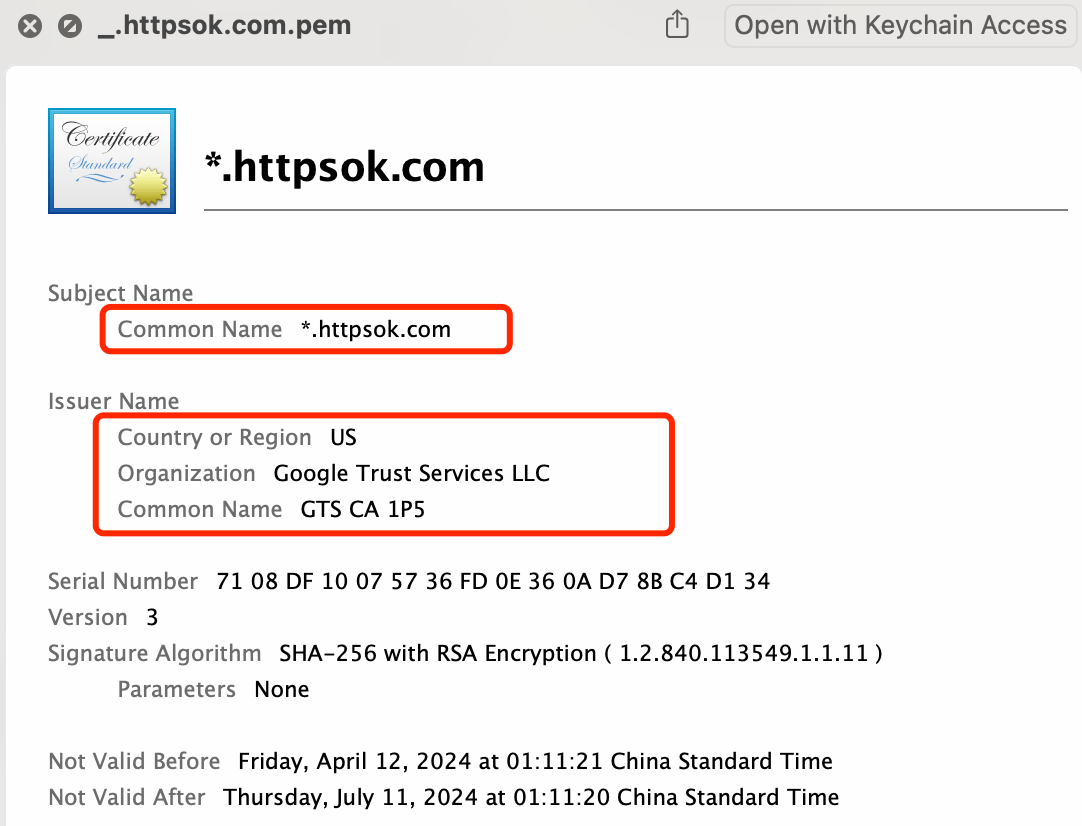
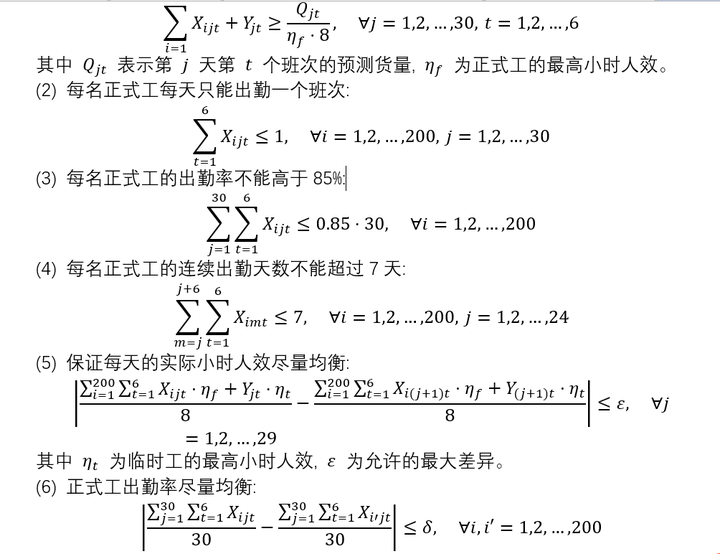
![[蓝桥杯] 岛屿个数(C语言)](https://img-blog.csdnimg.cn/direct/941e8f330b1a416d8204db1ff55a949e.png)


